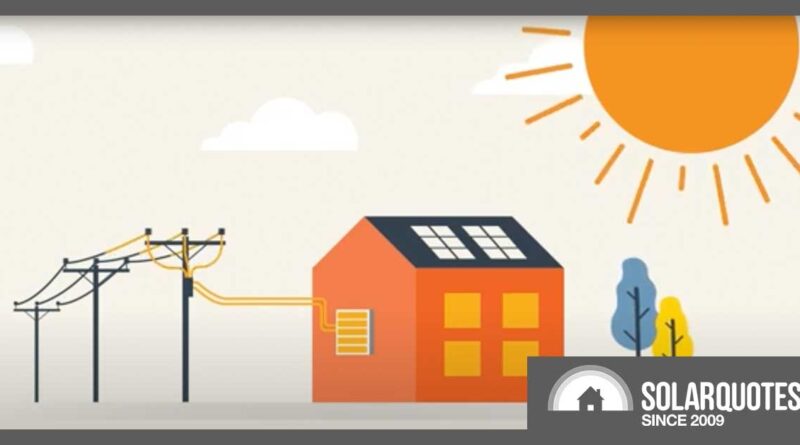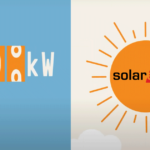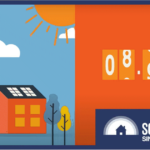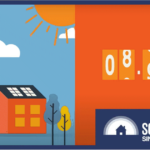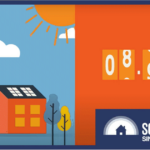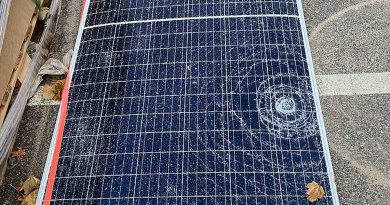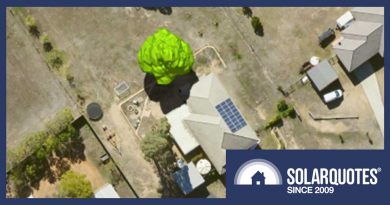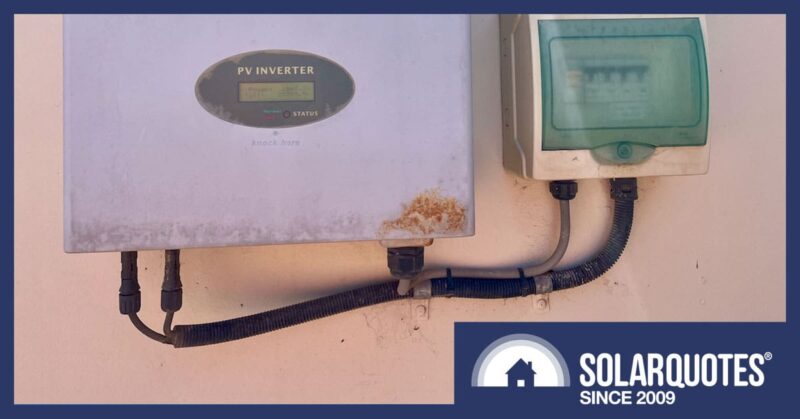SA Flexible Exports: Full-Capacity Exports 98% Of Time

SA Power Networks (SAPN) is arguably the Australian electricity network most advanced with its home PV integration strategy of flexible solar energy exports.
In the previous 12 months, South Australia generated more than 70% of its energy from wind and solar power, and at times, renewables exceed demand on SAPN’s network.
As we all know, that’s a problem. To avoid damaging voltage rises and frequency fluctuations, SAPN sometimes has to limit its customers’ solar output.
As well as its fixed export limits (originally 5kW, now reduced to 1.5kW), SAPN is implementing flexible exports that allow a 10kW export limit most of the time, but will dynamically reduce that limit when required by the local grid.
“Banning new connections or limiting exports to a lower fixed limit would reduce displacement of fossil fuel generation,” Blake Ashton, SAPN network systems and data analyst said in Microsoft blog post.
“We needed to implement a solution to manage the limits in a dynamic fashion.”
As an existing customer of Microsoft’s Azure cloud computing services, SAPN decided to build a network management proof-of-concept on the Azure IoT (Internet of Things) service.
98% Of The Time At Full Export Capacity
SAPN deployed the system in a 400-user trial in congested parts of the network, which started in 2021 and concluded in 2023. This resulted in a decision to roll out flexible exports for all new installations in the network. According to SAPN, customers in the trial were able to export the full capacity of their solar power systems 98 percent of the time.
Powered By The Internet of Things
For those unfamiliar with the term, the Internet of Things (IoT) refers to small, often single-purpose intelligent devices like sensors, connected over the Internet to an organisation’s computing infrastructure to send status information, and receive commands.
Join thousands receiving the latest solar, battery and EV news and views from SolarQuotes!
In the case of SAPN, the IoT requirement was to monitor and manage customer inverters to enable flexible exports.
In the Microsoft post, Rocco Lupoi, DevOps capability manager at SAPN, explained the network’s requirements.
“We needed the potential to eventually monitor hundreds of thousands of devices in a live, fast-paced manner, and collect monitoring information at five-minute, if not even shorter, intervals.”
The proof-of-concept built on Microsoft’s Azure IoT enrols customer sites for flexible exports, monitors each site in five-minute intervals for the power exported to the grid at that site, and generates export limits between 1.5kW and 10kW.
By increasing customer solar exports, SAPN’s executive general manager, innovation and technology Chris Ford said more low-cost renewable energy is available to the distributor’s customers.
The system also gives SAPN visibility deep into the network for quicker problem resolution and better network planning.
On a related note, regulations to govern flexible exports across Australia’s National Electricity Market (NEM) are in the works. The Australian Energy Regulator (AER) published its “final response” to a consultation conducted late in 2022 in August this year.
Original Source: https://www.solarquotes.com.au/blog/sapn-flexible-exports-results/

